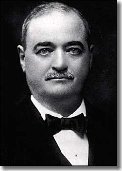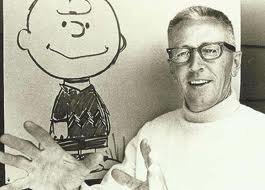The term 'napkin' dates from the 14th century, in the sense of a piece of cloth or paper used at mealtimes to wipe the lips or fingers and to protect clothing. The word derives from the Late Middle English nappekin, from Old French nappe (tablecloth, from Latin mappa), with the suffix -kin.
A 'napkin' can also refer to a small cloth or towel, such as a handkerchief in dialectal British, or a kerchief in Scotland.
'Napkin' may also be short for "sanitary napkin".
Conventionally, the napkin is folded and placed to the left of the place setting, outside the outermost fork. In a restaurant setting or a caterer's hall, it may be folded into more elaborate shapes and displayed on the empty plate. Origami techniques can be used to create a three-dimensional design. A napkin may also be held together in a bundle with cutlery by a napkin ring. Alternatively, paper napkins may be contained within a napkin holder.
Summaries of napkin history often say that the ancient Greeks used bread to wipe their hands. This is suggested by a passage in one of Alciphron's letters (3:44), and some remarks by the sausage seller in Aristophanes' play, The Knights. The bread in both texts is referred to as apomagdalia which simply means bread from inside the crust known as the crumb and not special "napkin bread". Napkins were also used in ancient Roman times.
One of the earliest references to table napkins in English dates to 1384–85.
The use of paper napkins is documented in ancient China, where paper was invented in the 2nd century BC. Paper napkins were known as chih pha, folded in squares, and used for the serving of tea. Textual evidence of paper napkins appears in a description of the possessions of the Yu family, from the city of Hangzhou.
Paper napkins were first imported to the US in the late 1800s but did not gain widespread acceptance until 1948, when Emily Post asserted, "It’s far better form to use paper napkins than linen napkins that were used at breakfast."
It has been claimed that Leonardo da Vinci invented the napkin in 1491. According to this claim, the Duke of Milan, Ludovico Sforza, used to tie up live rabbits decorated with ribbons to the guest’s chairs so they could wipe their hands on the animal’s back. Leonardo found this inappropriate, and presented a cloth for each guest. The myth stems from Leonardo's Kitchen Notebooks (1987), by Jonathan Routh and Shelagh Routh, a prank book published as an April Fools’ Day joke, that claims a long lost Codex Romanoff was found in 1481, which never really existed.
- 1 tablespoon vegetable oil
- 3 celery stalks, cut into 1/2-inch chunks
- 1 small onion, chopped
- 3 potatoes, peeled and cut into 1/2-inch chunks
- 2 large carrots, peeled and cut into 1/2-inch slices
- 4 cups chicken or turkey broth
- 1/2 teaspoon dried sage
- 1/2 teaspoon black pepper
- 3/4 cup water
- 2 tablespoons all-purpose flour
- 3 cups leftover cooked turkey, pulled apart into 1-inch pieces
- In a soup pot, heat oil over high heat. Add celery and onion, and cook 4 to 5 minutes. Add potatoes, carrots, chicken broth, sage, and pepper. Bring to a boil, reduce heat to medium-low, and cook 15 to 18 minutes, or until potatoes are almost fork-tender, stirring occasionally.
- In a small bowl, combine water and flour; mix well. Pour into soup pot and stir until thickened. Add turkey and cook 6 to 8 minutes, or until turkey is hot, stirring occasionally.


















